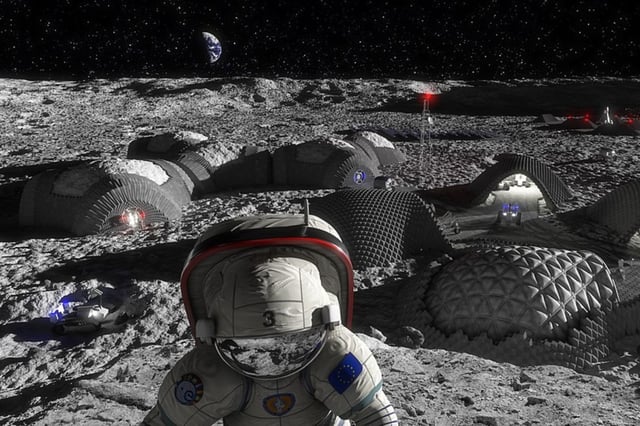Overview
- Researchers at Hefei’s Deep Space Exploration Laboratory use a parabolic reflector and fiber-optic system to concentrate sunlight over 3,000 × intensity, reaching temperatures above 1,300 °C to melt lunar regolith.
- Lab tests demonstrate the printer produces dense, high-strength bricks suited for protective shells around pressurized habitats as well as roads and equipment platforms.
- The process relies entirely on lunar soil with no Earth-supplied additives, slashing the mass and cost of materials needed for future Moon bases.
- Brick prototypes delivered by the Tianzhou 8 mission in November 2024 will now be exposed outside China’s national space station to evaluate thermal durability, mechanical integrity and radiation shielding.
- Successful in-orbit testing could validate a self-sufficient approach to lunar infrastructure and advance in-situ resource utilization for sustained exploration.
